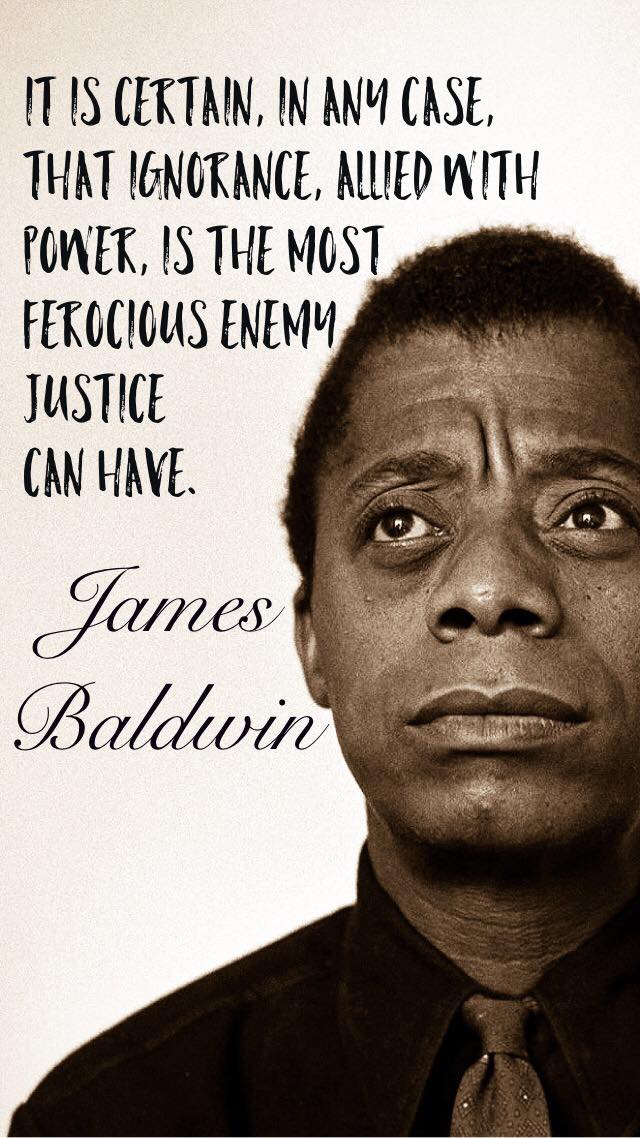Blog
Samuel Gene Maghett (February 14, 1937 – December 1, 1969), known as Magic Sam, was an American Chicago blues musician. He was born in Grenada County, Mississippi, and learned to play the blues from listening to records by Muddy Watersand Little Walter. After moving to Chicago at the age of 19, he was signed by Cobra Records and became well known as a bluesman after the release of his first record, “All Your Love”, in 1957. He was known for his distinctive tremolo guitar playing.
The stage name Magic Sam was devised by Sam’s bass player and childhood friend Mack Thompson at Sam’s first recording session for Cobra, as an approximation of “Maghett Sam”. The name Sam was using at the time, Good Rocking Sam, was already being used by another artist. His career was cut short when he suddenly died of a heart attack in December 1969. He was 32 years old.
more...
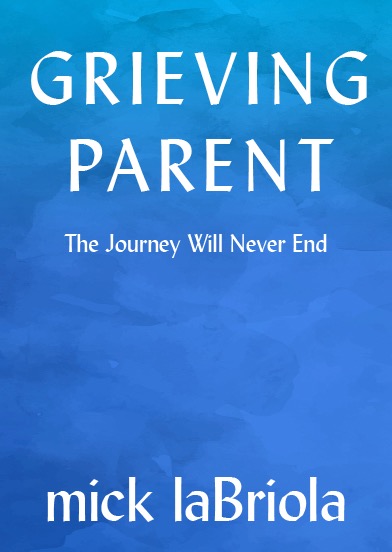
Screenshot
Judith Aileen Dyble (pronounced Die-bull; 13 February 1949 – 12 July 2020) was an English singer-songwriter, most notable for being a vocalist and a founding member of Fairport Convention and Trader Horne. In addition, she and Ian McDonald joined and recorded several tracks with Giles, Giles and Fripp, who later became King Crimson. These tracks surfaced on the Brondesbury Tapes CD and Metaphormosis vinyl LP.
more...Anthony “Rebop” Kwaku Baah (13 February 1944 – 12 January 1983) was a Ghanaian percussionist who worked with the 1970s rock groups Traffic and Can.
Baah was born in 1944 in Konongo, Gold Coast. In the Akan culture of Ghana, Kwakuis a name meaning “male born on Wednesday”.
In 1969, Baah performed on Randy Weston‘s album African Rhythms. In the same year he worked with Nick Drake on the song “Three Hours”, posthumously released in 2004 on the compilation album Made to Love Magic. He then joined the English band Traffic in 1971, having met them in Sweden during a tour. He appeared on the albums Welcome to the Canteen, The Low Spark of High Heeled Boys, Shoot Out at the Fantasy Factory, On the Road, and When the Eagle Flies.
In 1973, he performed in the all-star Eric Clapton’s Rainbow Concert. After Traffic disbanded in 1974, he played on Steve Winwood’s self-titled debut solo album, which was released in 1977. Also in 1977, he joined the German band Can along with former Traffic bassist Rosko Gee, playing with them until their breakup in 1979, appearing on the albums Saw Delight, Out of Reach and Can.
In 1982, Baah recorded an album with Zahara. Baah died of a cerebral hemorrhage during a performance in Stockholm, Sweden, in January 1983, where he was on tour with Jimmy Cliff. His final album, Melodies in a Jungle Man’s Head, was released in its unfinished state.
more...Thursday February 13th 2025 7pm. The third in a series of performances of the Little Shop of Horrors by Theatre 55 at the Gremlin Theater in St Paul. Music by Shirley Pier, Lyra Olson, Jamie Carter and mick laBriola. Featuring vocalists Patty Lacy and Van Nixon.
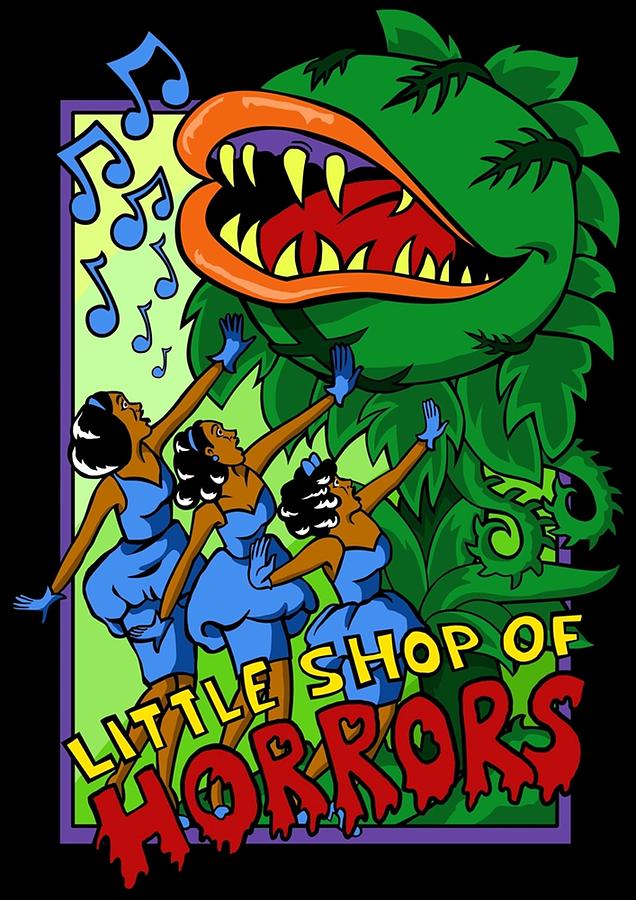
more...
Riding high in the constellation of Auriga, beautiful, blue VdB 31 is the 31st object in Sidney van den Bergh’s 1966 catalog of reflection nebulae. It shares this well-composed celestial still life with dark, obscuring clouds B26, B27, and B28, recorded in Edward E. Barnard’s 1919 catalog of dark markings in the sky. All are these nebulae are interstellar dust clouds. Barnard’s dark nebulae block the light from background stars. For VdB 31 the dust preferentially reflects bluish starlight from embedded, hot, variable star AB Aurigae. Exploring the environs of AB Aurigae with the Hubble Space Telescope has revealed the several million year young star is itself surrounded by a flattened dusty disk with evidence for the ongoing formation of a planetary system. AB Aurigae is about 470 light-years away. At that distance this cosmic canvas would span about eight light-years.
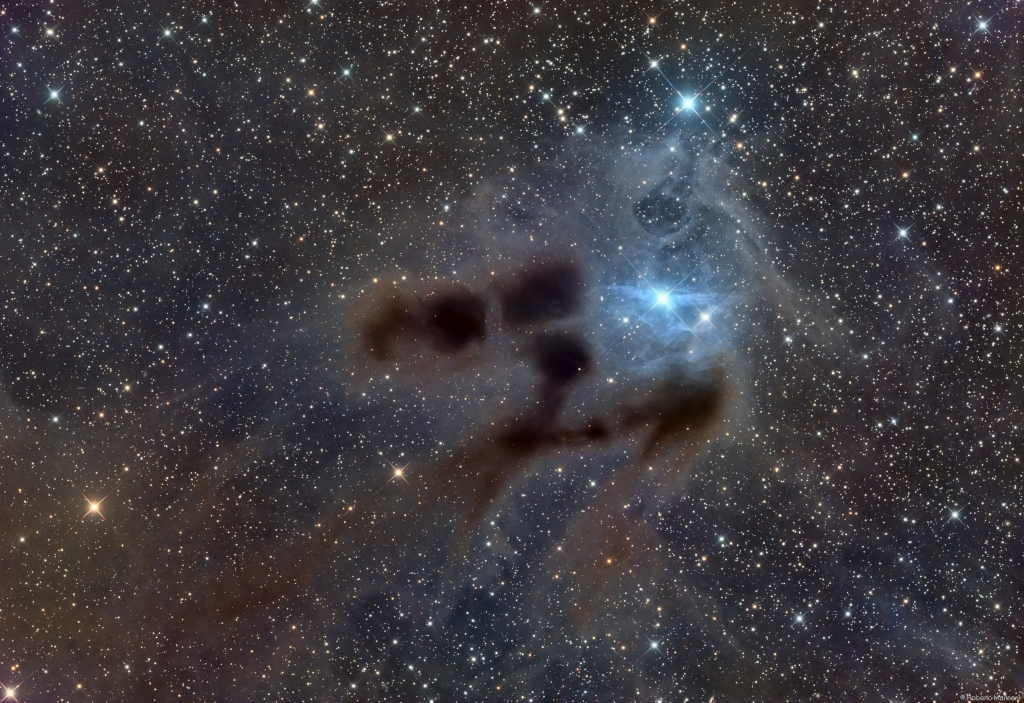
Peter Brian Gabriel (born 13 February 1950) is an English singer, songwriter, musician, and human rights activist. He came to prominence as the original frontman of the rock band Genesis. He left the band in 1975 and launched a solo career with “Solsbury Hill” as his first single. After releasing four successful studio albums, all titled Peter Gabriel, his fifth studio album So (1986) became his best-selling release and is certified triple platinum in the UK and five times platinum in the US. The album’s most successful single, “Sledgehammer“, won a record nine MTV Awards at the 1987 MTV Video Music Awards. A 2011 Time report said “Sledgehammer” was the most played music video of all time on MTV.
A supporter of world music for much of his career, Gabriel co-founded the World of Music, Arts and Dance (WOMAD) festival in 1982, and has continued to produce and promote world music through his Real World Records label. He has pioneered digital distribution methods for music and co-founded OD2, one of the first online music download services.[4] He has also been involved in numerous humanitarian efforts. In 1980, he released the anti-apartheid single “Biko“. He has participated in several human rights benefit concerts, including Amnesty International‘s Human Rights Now! tour in 1988, and co-founded the human rights organisation Witness in 1992. He developed the idea for The Elders, an organisation of public figures noted as peace activists, alongside Nelson Mandela and Richard Branson in 2007.
Gabriel has won three Brit Awards, six Grammy Awards, 13 MTV Video Music Awards, the first Pioneer Award at the BT Digital Music Awards, the Q Lifetime Achievement, the Ivor Novello Award for Lifetime Achievement, and the Polar Music Prize. He was named a BMI Icon at the 57th annual BMI London Awards for his “influence on generations of music makers”. In recognition of his human rights activism, he received the Man of Peace award from the Nobel Peace Prize laureates in 2006, and Time magazine named him one of the 100 most influential people in the world in 2008. AllMusic described him as “one of rock’s most ambitious, innovative musicians, as well as one of its most political”. He was inducted into the Rock and Roll Hall of Fame as a member of Genesis in 2010, and as a solo artist in 2014. In recognition of his musical achievements, he was awarded an honorary doctorate from the University of South Australia in 2015.
more...King Floyd (February 13, 1945 – March 6, 2006) was a New Orleans soul singer, best known for his top 10 hit from 1970, “Groove Me“. In 1970, Wardell Quezergue, an arranger of R&B scores, persuaded Floyd to record “Groove Me” with Malaco Records in Jackson, Mississippi. Jean Knight recorded her hit, “Mr. Big Stuff,” in the same sessions.
At first, “Groove Me” was a B-side to another Floyd song, “What Our Love Needs.” New Orleans radio DJs started playing “Groove Me” and the song became a local hit. Atlantic Records picked up national distribution of “Groove Me,” which topped the United States R&B chart and reached number 6 on the Billboard Hot 100. This disc sold over one million copies, and received a gold disc awarded by the R.I.A.A. in December 1970.Floyd quit his job at the post office to perform a U.S. tour. His follow-up single, “Baby Let Me Kiss You” climbed up to number 29 on the Billboard top 40 charts in 1971.
more...Wardell Gray (February 13, 1921 – May 25, 1955 Oklahoma City, OK) was an American jazz tenor saxophonist. Near the Congo Club was the Three Sixes. A young dancer, Jeri Walker, knew Earl Hines, and when the Hines band came through Detroit in late 1943, she persuaded Hines to hire Gray on alto saxophone since there was no tenor saxophone job at the time. This was a break for the 21-year-old, as the Earl Hines Orchestra was not only nationally known but had nurtured the careers of emerging bebop musicians such as Dizzy Gillespie and Charlie Parker. Although most of them had left when Gray joined, playing with the Hines band was a stimulating experience. He married Jeri Walker in Chicago in September 1945.
In 1955 May 26th he was found on a stretch of desert on the outskirts of Las Vegas[6] dead with a broken neck. At the age of 34, he died of a heroin overdose.
more...
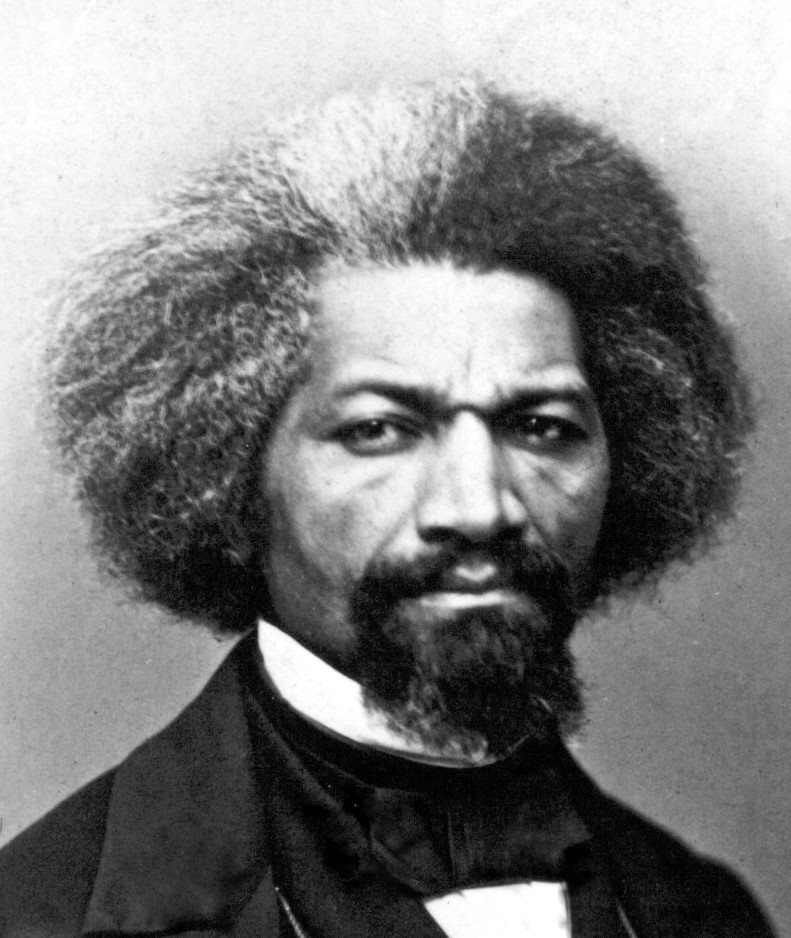
Big John Wrencher (February 12, 1923 – July 15, 1977), also known as One Arm John, was an American blues harmonica player and singer, well known for playing at the Maxwell Street Market in Chicago in the 1960s. He toured Europe in the 1970s.
John Thomas Wrencher was born in Sunflower, Mississippi, United States. He became interested in music as a child and taught himself to play the harmonica at an early age. Beginning in the early 1940s, he worked as an itinerant musician in Tennessee, Missouri, Indiana, and Illinois. By the mid-1940s he had arrived in Chicago and was playing on Maxwell Street and at house parties with Jimmy Rogers, Claude “Blue Smitty” Smith and John Henry Barbee. In the 1950s he moved to Detroit, where he worked with the singer and guitarist Baby Boy Warren and formed his own trio, which performed in the Detroit area and in Clarksdale, Mississippi.
more...What is pictured is actually a beautifully detailed and colorful aurora, complete with rays reminiscent of feathers. This aurora was so bright that it was visible to the unaided eye during blue hour — just after sunset when the sky appears a darkening blue. However, the aurora only looked like a hummingbird through a sensitive camera able to pick up faint glows. As reds typically occurring higher in the Earth’s atmosphere than the greens, the real 3D shape of this aurora would likely appear unfamiliar. Auroras are created when an explosion on the Sun causes high energy particles to flow into the Earth’s atmosphere and excite atoms and molecules of nitrogen and oxygen. The featured image was captured about two weeks ago above Lyngseidt, Norway.
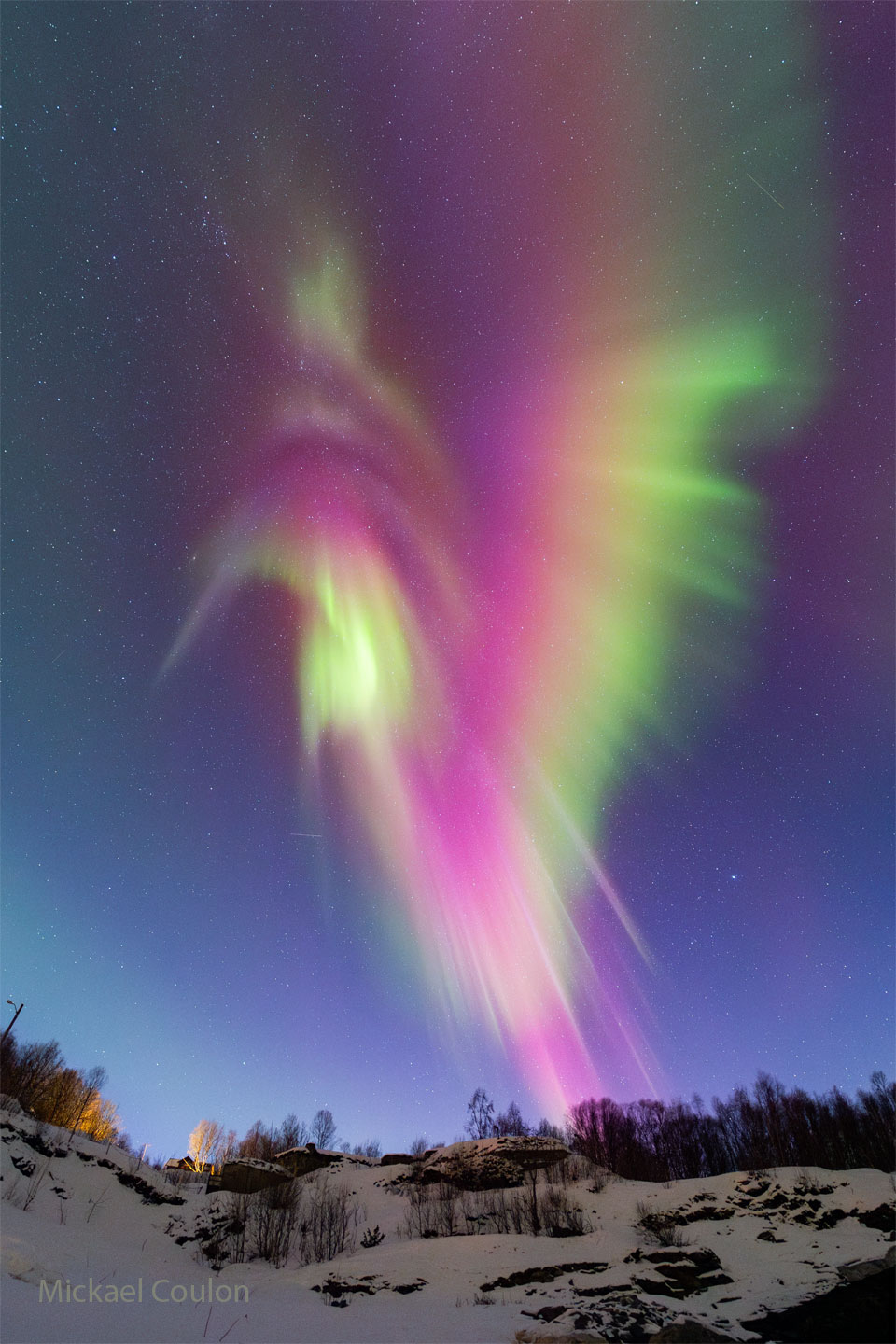
Raymond Daniel Manzarek Jr. (Manczarek; February 12, 1939 – May 20, 2013 Chicago) was an American keyboardist. He is best known as a member of the rock band The Doors, co-founding the group in 1965 with fellow UCLA Film School graduate Jim Morrison. Manzarek is credited for his innovative playing and abilities on organ-style keyboard instruments.
Manzarek was inducted into the Rock and Roll Hall of Fame in 1993 as a Doors member. He was a co-founding member of Nite City from 1977 to 1978 and of Manzarek–Krieger from 2001 until he died in 2013. USA Today described him as “one of the best keyboardists ever”.
more...
Omar Hakim (born February 12, 1959 NY) is an American drummer, producer, arranger and composer. His session work covers jazz, jazz fusion, and pop music. He has worked with Weather Report, David Bowie, Foo Fighters, Chic, Sting, Madonna, Dire Straits, Bryan Ferry, Journey, Kate Bush, George Benson, Miles Davis, Daft Punk, Mariah Carey, the Pussycat Dolls, David Lee Roth, and Celine Dion.
more...William Otis Laswell (born February 12, 1955 Salem, Ill) is an American bass guitarist, record producer, and record label owner. He has been involved in thousands of recordings with many collaborators from all over the world. His music draws from funk, world music, jazz, dub, and ambient styles.
According to music critic Chris Brazier, “Laswell’s pet concept is ‘collision music’ which involves bringing together musicians from wildly divergent but complementary spheres and seeing what comes out.” Although his bands may be credited under the same name and often feature the same roster of musicians, the styles and themes explored on different albums can vary dramatically. Material began as a noisy dance music band, but later albums concentrated on hip hop, jazz, or spoken word readings by William S. Burroughs. Most versions of the band Praxis have included guitarist Buckethead, but they have explored different permutations on albums.
more...More Posts
- Cosmos Nova Persei 1901 (GK Persei)
- Barrington Levy
- Mabel Scott
- Percy Heath
- Reverend Gary Davis
- World Music Nawazi Khanum Negar Fathi/Kamancheh Behnam Bayat
- Daily Roots Hughie Izachaar
- Rhythm Roots Workshop Ecumen North Branch Senior Living
- Cosmos IC 776
- Ray Barretto
- Willie Nelson
- Toots Thielemans
- Duke Ellington
- World Drumming Babatunde Olatunji
- Daily Roots Barry Issac
- Cosmos M57
- Steve Khan
- Oliver Jackson
- Mario Bauzá
- World Music Ali Doğan Gönültaş Quartet
